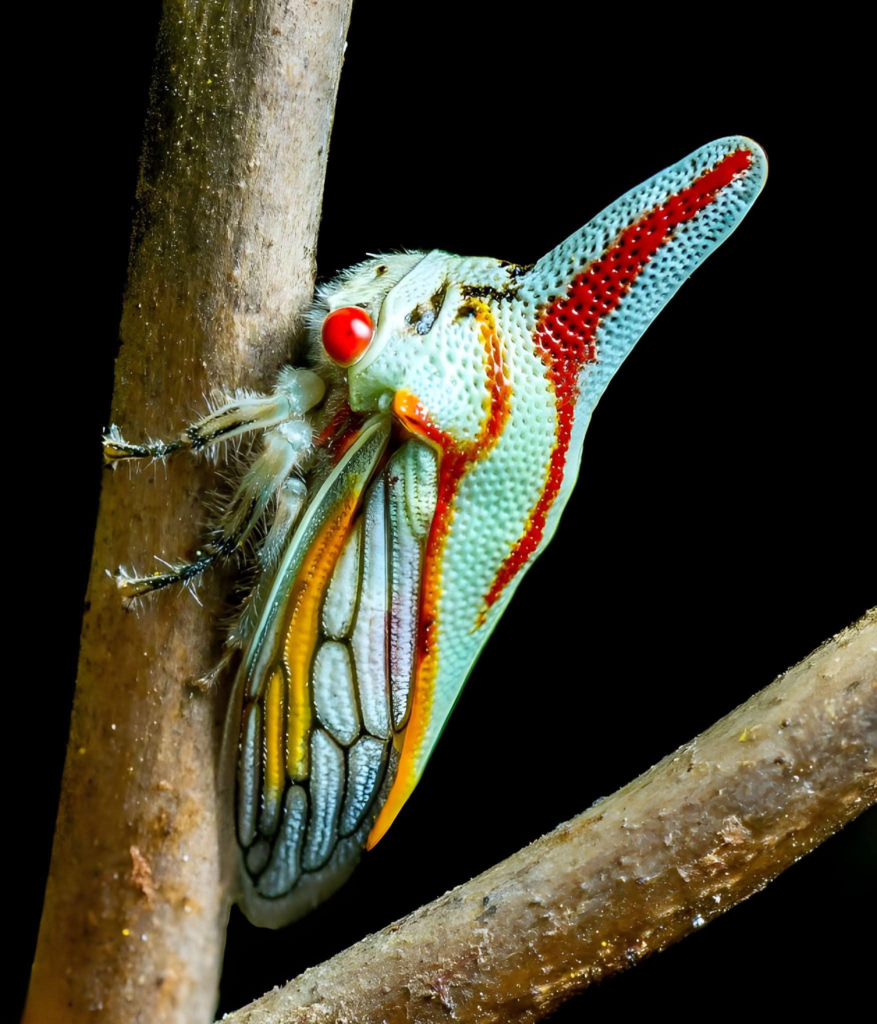Nature never ceases to amaze, and the oak treehopper is a shining example of its remarkable creativity. This tiny, leaf-hugging insect, belonging to the Membracidae family, is known for its striking appearance and fascinating behavior. Found primarily on oak trees, these little wonders play a unique role in their ecosystem and have an uncanny way of captivating those who observe them closely.
What makes the oak treehopper truly spectacular is its peculiar body structure. It sports a dramatic, often intricately shaped pronotum — an extension of its thorax that resembles anything from a sharp horn to a shield-like crest. These unique shapes serve as camouflage, helping the treehopper blend seamlessly with its surroundings or mimic thorns to deter predators. The vibrant greens, browns, and occasional iridescent hues of the oak treehopper add to its visual charm.

Beyond their appearance, oak treehoppers are social insects that often form small colonies. They feed on plant sap by piercing tree stems with their specialized mouthparts. Interestingly, they excrete a sugary substance known as honeydew, which ants eagerly harvest. In return, the ants protect the treehoppers from predators, creating a fascinating mutualistic relationship.
The oak treehopper’s role in the environment goes beyond feeding relationships. By tapping into plant sap, they may inadvertently assist in sap flow regulation, which benefits the host tree. Despite their small size, they contribute to the intricate balance of forest ecosystems.
Spotting an oak treehopper is like discovering a hidden gem in the wild. Their extraordinary appearance and ecological significance remind us of nature’s endless ingenuity. Whether you’re a seasoned entomologist or simply a curious observer, the oak treehopper offers a glimpse into the wonders that thrive on the branches of mighty oak trees.


